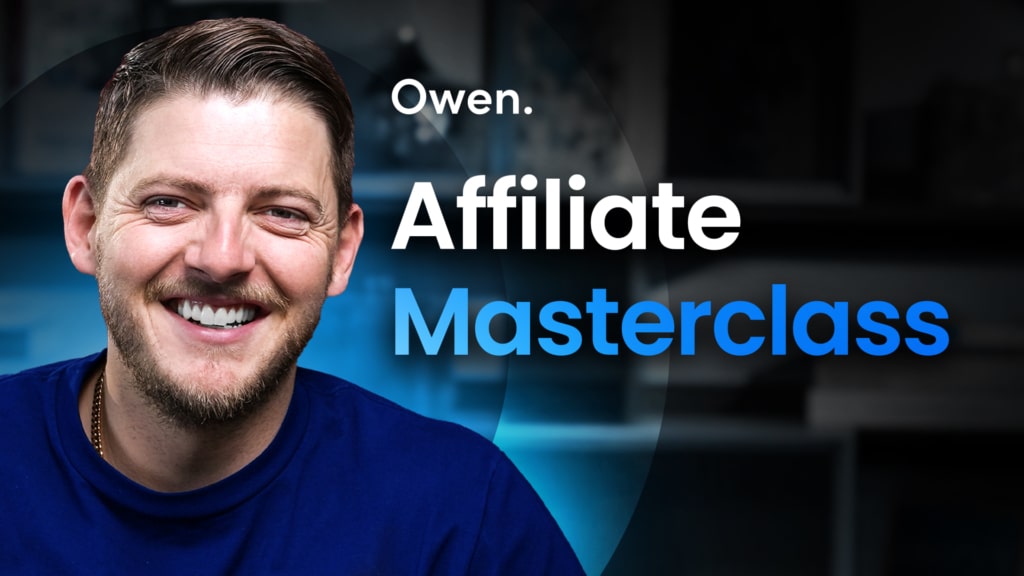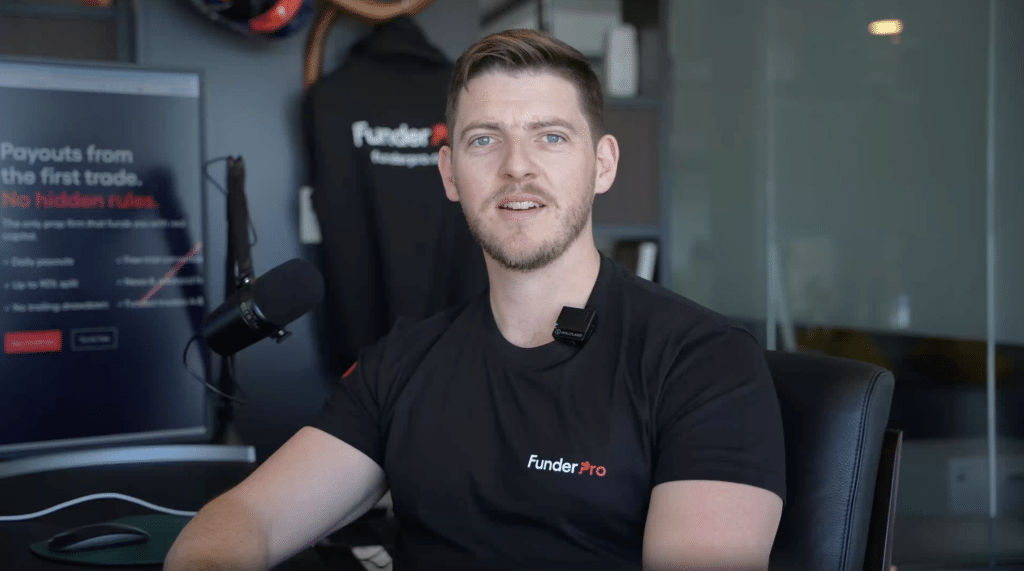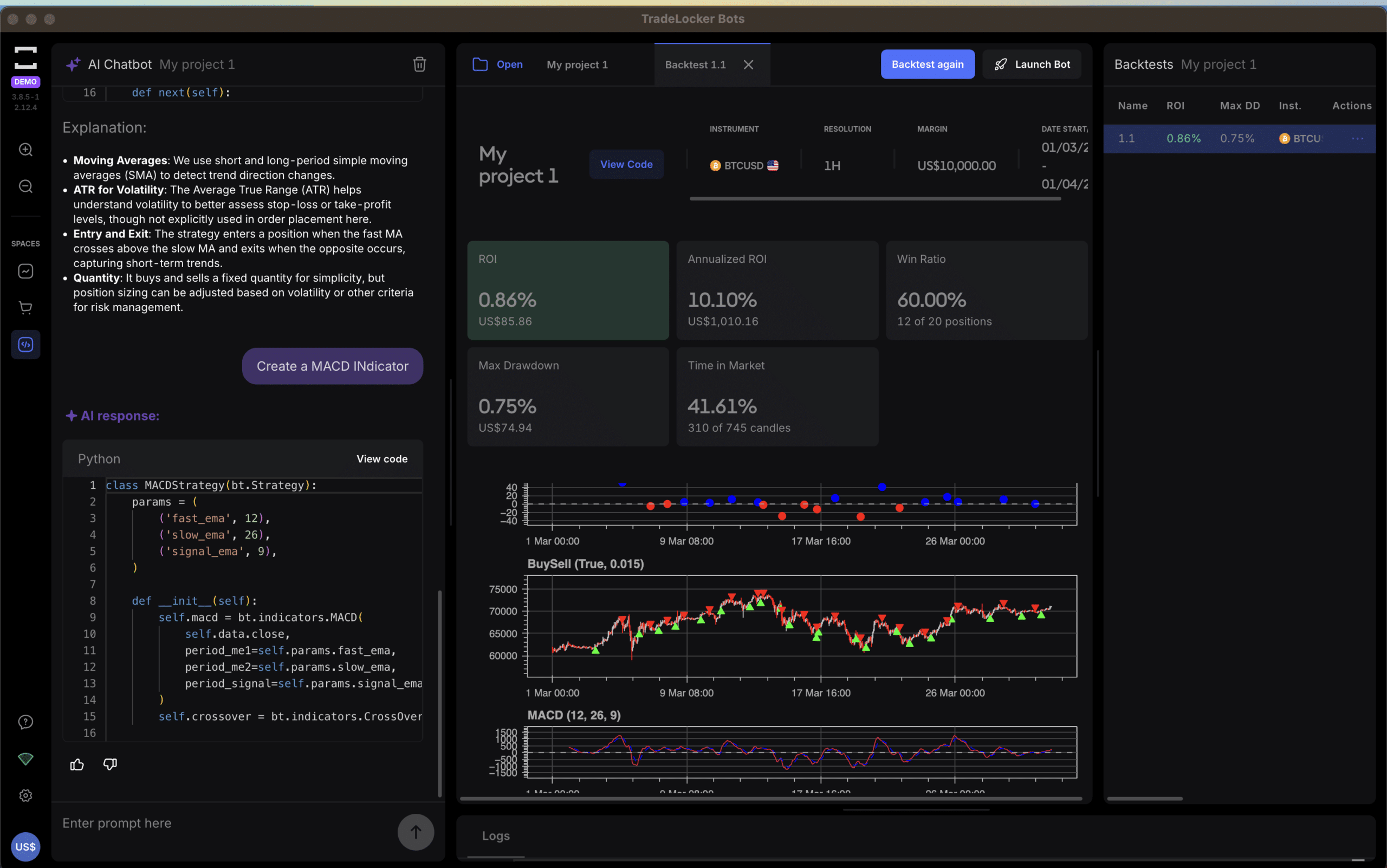Start Your Own Forex Broker: Step-By-Step Guide
Forex trading is one of the most popular ways to make money online. No small wonder when forex is the largest and most liquid financial market in the world – its estimated daily turnover of $7.5 trillion per day eclipsing that of the next in line, the stock market with approximately $300 billion traded per day.
High liquidity, low entry barriers, and round-the-clock market access… what’s not to love? In this guide, we’ll walk you through the step-by-step process of how to start your own forex brokerage in 2025. First, though, it’s important to understand your industry. Let us run through a quick background of forex trading and an overview of the diverse types of FX brokerages on offer before we teach you how to get your own slice of the FX.
History
The foreign exchange market, more popularly known as “forex” (a portmanteau of “foreign” and “exchange”) is the largest and most potentially lucrative market in the world. Millions of traders engage in buying and selling currency pairs for profit every day. Yet the forex market long predates electronic trading.
Rooted in the rich and ancient Mesopotamia, the original FX trading would have been the exchange or barter of goods such as sugar, salt, silk, and spices. As civilizations moved en masse to adopt coins and notes as representative value, paving the way for the global establishment of the gold standard in the 19th century, forex trading continued to evolve.
It was only in 1971 however, when increasing pressure from rising inflation rates imposed by the U.S. government caused the collapse of the Bretton Woods system that the forex market as we know it took shape. For most people, forex will be associated with foreign currency alone. An American tourist could use a FX exchange bureau to swap their dollars for the currency of the country they want to visit.
Until the formation of the European Union and the birth of the Euro, most European travelers would have needed to exchange their currency for another before visiting their neighbors. The strength of one relative to the other is of course crucial: the stronger your currency the more spending power you have abroad.
Trading Forex
For traders, there is another boon. The two numbers representing the ratio of value between trading currencies can be transported into figures of profit with the right trades. Traders capitalize on price movements – from micro to macro – between currency market pairs. The high volatility of the forex market and option of leveraging positions make it the most lucrative trading market worldwide.
To create a steady stream of revenue from FX trading you need starting capital, a thorough understanding of the market and some sharp strategies. Depending on your trading style you may need more or less hours through the day, but the “HODL” (“hold on for dear life”) approach is better suited to long term investments like stock options than the fast-paced forex scene. You will also need a reliable broker with fast software, good liquidity, and competitive commissions.
Many a trader have decided to step backstage as it were and seek profit from the seat of the broker itself. You being one of them of course. Why cede a cut of your profits to your trading platform when you could learn how to become a forex broker yourself? Before we delve into the technical aspects of how to launch your own brokerage platform, let us make sure you have a decent understanding of the many types of forex broker business models out there, and their various pros and cons.
Dealing Desk/Market Maker Brokers
Also known as dealing desk brokers, market maker brokerages act as counterparties to their clients’ trades. By taking the opposite side of the trade, they thereby create a market for their clients, hence the name “market maker.”
Pros
- Fast order execution: Market maker brokers are known for quick orders, as trades are executed internally without the need to outsource liquidity provision.
- Fixed spreads: Traders can profit – in both senses of the word – from fixed spreads which are a frequent feature of market maker brokerages. Fixed spreads are especially beneficial during periods of peak volatility and therefore advantageous for FX trading.
Cons
- Price manipulation: The nature of the market maker system is such that brokers can sometimes benefit from traders’ losses. This leads to the risk of potential conflicts of interest between broker and client with issues such as the manipulation or requoting of prices.
- Limited transparency: These brokers sometimes lack transparent pricing as their prices are quoted without influence or reliance on external market rates.
No Dealing Desk (NDD) Brokers
As you may have guessed, NDD brokerages operate without a dealing desk, hence the name. Instead, clients’ trades are routed directly to liquidity providers such as central banks and financial institutions.
Pros
- Transparency: NDD brokers are renowned for transparent pricing; with the presentation of raw spreads sourced from various liquidity providers.
- No requotes: One of the major advantages of no dealing desk brokers is that they execute trades directly in the market, avoiding the risk of requites or any rejected orders.
Cons
- Variable spreads: The variable spreads often offered by NDD brokers can expand during volatile periods and result in higher costs to the trader.
- Slippage: Slippage – orders been executed at a different price to that solicited – can be frequently experienced by traders during periods of fast-moving markets.
Electronic Communication Network (ECN) Brokers
Electronic communication network brokers work similarly to no dealing desk brokers, but with one crucial difference: ECN brokers enable direct access to an electronic trading network. Through this network, individual traders can interact with fellow market participants.
Pros
- Tight spreads: Traders benefit from the tight spreads typically offered by ECN brokers as they unlock access to currency prices from a wide range of liquidity providers.
- Visibility: Information is key in discovering trading opportunities, and the greater knowledge traders have on the available liquidity and market depth the sharper their trades. ECN brokers are well situated in this regard as they offer high visibility on market depth.
Cons
- Costly: ECN brokerages can prove highly costly to traders as they often charge commissions on trades, alongside the spreads, especially disadvantageous to high-frequency traders
- Minimum deposit: The minimum deposit requirements of ECN brokers are often higher relative to other trading systems.
Hybrid Broker
Hybrid brokerages are somewhere in between the market maker and ECN/NDD models featuring a combination of fixed spreads and direct market access.
Pros
- Flexibility: Hybrid brokerages are often chosen for their flexible conditions, permitting traders to choose between fixed or variable spreads depending on their preferences.
- Order options: Traders can often choose between many different options for executing orders, including market and instant execution.
Cons
- Conflict of interest: Just like the market maker brokerages, hybrid brokers run the risk of potential conflict of interest given that they act as counterparties to clients’ trades despite the ECN features.
- Complex: Amassing features from multiple trading models and execution options can add a level of complexity that is not ideal for a trader that needs to focus on their game plan, especially those starting out in the fast-paced forex market.
As with all things trading, there is no “right” option. The broker you choose to launch will be a highly personal choice, affected by myriad factors including cost, appetite for risk and long-term professional vision. You may find yourself steered toward heading to the type of brokerage on which you once traded. Or you could break out of your comfort zone and try your hand at a new type of platform.
We highly recommend that you do some research on current and future trading trends to ensure that your brokerage not only starts off as a popular choice but stays relevant in the years to come.
How to Create Your Own Forex Broker
Now, onto the “question du jour”: how exactly do you launch your own forex broker? While ample research and planning are required, and you need to prepare for a significant investment both in time and capital, it is not only possible but far more straightforward than you might think. There are even companies offering turnkey software that takes care of the entire process (including ensuring you meet all the legal and regulatory compliance) for you.
Here is our step-by-step guide on how to put yourself in the forex driving seat and begin making a profit from FX trading.
Step 1: Market Research and Analysis
Research comes first: before making any investment, it is prudent to have a thorough understanding of where you are putting your money. Take the time to research and make sure you can read the competitive landscape of the forex market. Do in-depth market analysis and know your target audience so that you can best pitch your product.
Most importantly, have a stellar USP that will make you stand out from competitors. Consider niche markets: female traders, a multilingual model that appeals to diverse nationalities, and make sure you are offering the software and features that traders need to thrive.
Invest in marketing strategies with proven successful outcomes to guarantee you hit the ground running and make a big introduction to the trading community. Key point: put yourself in the traders’ shoes so you can offer them exactly what they need (and will pay for!). If you come from a trading background yourself this should not be too difficult.
Step 2: Define Your Business Model
What type of brokerage will you choose? Whether you plump for market maker, a straight-through processing brokerage (STP) or the popular ECN model, make sure it aligns with your professional vision and long-term financial goals. The overheads and necessary initial input will vary from model to model, so choose one that is coordinated with your available resources. There are challenges and advantages to all types, the most important thing is to put all your energy into getting your choice off the ground.
Step 3: Choose Your Provider
As we discussed before, there are an increasing number of technology providers that offer end-to-end business solutions for broker owners. These turnkey solutions will vary widely and the “best” one will depend on what you have envisioned for your unique forex brokerage firm. Do check that your provider offers a powerful and reliable trading platform, competitive risk management tools and can guarantee high-grade liquidity. Remember that as you grow your costs will expand accordingly, and make sure that the tech you start with can handle your scaling.
Step 4: Stay on the Right Side of the Law
There are a lot of compliance checks, regulatory paperwork, and legal steps to take to ensure the legitimacy and future success of your broker. Traders love transparency and need to be able to trust their financial provider. Navigating the legal jargon and complex paperwork can be tricky and a missed step can be costly or even fatal to your business. Compliance with anti-money laundering (AML), regulatory verification and implementing a know your customer (KYC) process – the list goes on.
This is where outsourcing to the experts can be a game changer. If you choose a turnkey option, then verify, they can handle all the regulatory side and guarantee your brokerage passes all the checks. Requirements differ from state to state or country to country, so the jurisdiction in which you register your broker is a loaded decision.
Step 5: Get the Security Right from the Get-Go
Sensible traders hold risk management as a high priority when choosing a broker. Implement robust risk management protocols from the outset when creating your forex broker. This will not only help you attract and retain valuable clients, but it will also protect your forex broker from market volatility, cybersecurity threats and fraud.
Moreover, your clients’ data and funds are your responsibility. Safeguard both traders’ accounts and sensitive data using encryption technologies, firewalls, and 2FA authentication protocols.
Step 6: Own Your Brand Identity
Build an enticing site with a brand identity that attracts and engages users. Leverage SEO (search engine optimization) tools and promote your product across multiple marketing channels and social media platforms to make sure you have covered all corners. Consider competitive pricing, promotional offers and try to think left field with your marketing strategies and make your broker one to remember.
Remember that we’re living in the age of visual media where your average user prefers watching short videos over reading lengthy text. In 2025, technology in the augmented reality (AR) and virtual reality (VR) fields continues advancing rapidly. Consider how you could leverage these cutting-edge tools to give your platform a competitive edge in today’s market.
Step 7: Ready, Set, Blast Off
Once you are happy with all the above, it is time to launch your trading platform and start acquiring clients. The age-old adage rings true in forex too: the customer is always right. Keep your clients happy with excellent customer support, educational resources, and provide extra tools and features to enhance the trading experience for your users.
Listen to your audience and tweak and upgrade your platform as needed. Be transparent in your visions and build trust with your traders to build long and sustained partnerships.
Step 8: Never Stop Growing
The work does not stop when you launch your business. As your brokerage grows, you might want to consider adding additional assets or expanding into new markets. Diversify and evolve as the market demands waxes and wanes.
Continually optimize and upgrade your technology and trading software to ensure you retain your clients and attract new traders on a regular basis. Be flexible: brokers who cannot mold to a new market will fall by the wayside but if you can change with the times then you will always keep your competitive edge.
Conclusion
We are not saying it is easy. Designing, building, and launching your own forex brokerage requires planning, investment of your time and capital and a keen understanding of the regulatory and legal requirements. You should make sure you have ticked all the necessary boxes and that you are satisfied with your forex brokerage business plan before you put the profit wheels in motion.
That said, there are plenty of reliable and cost-effective solutions and what was once an exclusive prospect locked behind hefty paywalls is now becoming increasingly possible. Do you have the right mindset, dedication, and a sharp vision of what you want to achieve?
Reach out to us today and we’ll help you turn your vision into reality.
Contact us today and start your forex broker with one click.








